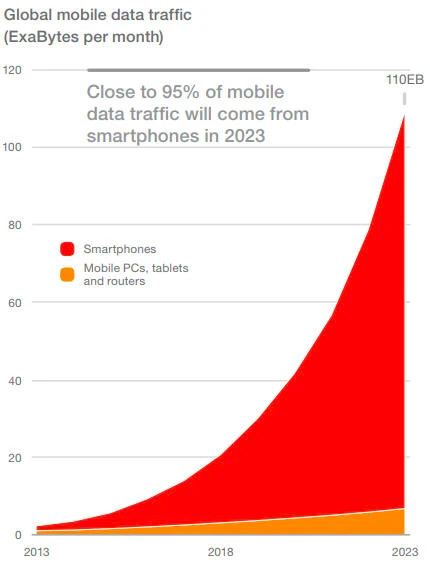Included
StreamOut
Live and simulcast streaming
Synchronized streaming on all terminals
Digital signage solution
Streamailer
Personalized emails enriched with videos
Monitoring of viewing statistics
StreamApi
REST API ans SDK for integrating Streamlike media
into business tools and applications
Optional
StreamLive
Live streaming and replay
Real-time analytics
Stream security
CDN providing a global reach and low latency
StreamChat
Free or moderated discussions during live streams or simulcasts
Public or private messages
Audience interaction
StreamTube
Collaborative platform (social TV)
Content security and access control
User management or single sign-on
StreamTV
Customizable and configurable WebTV interface
Managed service
Content security and access control
Single sign-on
StreamNote
Online annotation tool for videos, without downloading.
Collect comments on programs in production
Hibernation
Cold storage of large files and generation of download links
EN




